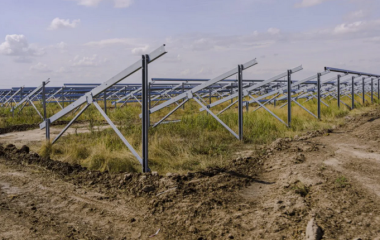Final energy consumption fell by 4.4% last year to 4.67 millions of tonnes of oil equivalent, Statistical Office of the Republic of Slovenia said. The decrease was caused by a warmer winter, as the two sharpest decreases were those of district heat (by 16%) and of fuel wood consumption (by 19%). There was an overall 11% fall in consumption of energy from renewable sources, which had a share of 13.7% last year. There was a smaller decrease of consumption of energy natural gas and petroleum and of solid fuels, but heating oil had a steep drop of 21% on the year.
In Slovenia almost half of final energy in 2014 was consumed in the form of petroleum products, namely 47.4%., and the second highest share was that of electricity (23.1%). Renewables are followed by natural gas (11.3%), heat (3.3%) and solid fuels (1.1%).
Most of the energy in households was consumed for space heating (61%). Total energy consumption decreased by 14% from 2013. Wood fuels prevailed among consumed energy sources with a 42% share of the overall 43,558 terajoules in total. Solar energy contributed 455 terajoules, mostly for water heating, while the 703 terajoules from ambient heat, captured by heat pumps, were split between space and water heating. Both categories had an increase by 4%.
Gross production of power rose from 16.1 TWh to 17.4 TWh year on year, with hydro facilities recording a rise of over 1.4 TWh to 6.6 TWh.
Last year Slovenia met a record 56% of domestic energy demand with its own resources, due to a favourable hydrological situation. Hydroelectric generation was at a record high; 32% higher than in 2013 and twice as high as in the drought-stricken 2003, the report said. Renewables contributed with 19% in the total energy supply.
There was an increase in total use of industrial waste, a non-renewable source, from 1,453 to 1,809 terajoules, while the use of wood overall and other solid waste fell from 26,302 to 23,441 terajoules from 2013. The use of biodiesel was cut by more than 30% to 329 terajoules.








